Comic artist PJ Holden should need no introduction to readers of this website, which has covered his work numerous times. He’s a comic artist based in Belfast, who is probably most widely known for his work in 2000AD, but has also drawn comics for DC, Image and Aftershock, amongst others.
Matt Badham caught up with him for a chat about his new series with writer Garth Ennis, The Lion and the Eagle. The first issue, published by Aftershock Comics, was released last month (16th February 2022) and is still available in all good comic shops, and online.

PJ, firstly, can you tell us what The Lion and the Eagle is a about?
The Lion and the Eagle is about a few of the men who find themselves at the heart of the story of the Chindits, a group put together largely with British and Indian soldiers (themselves technically part of the British Army). They were dropped behind Japanese lines in Burma as a massive force that was to be resupplied from air and given air support to fight behind the Japanese lines, which, unfortunately, was a complete disaster.
Our story gives you some of the history that leads up to that and lets you see what that was like from the inside. As with all of Garth’s war stories, it’s true events, with fictional characters, so we follow the characters and what this all means to them.
What’s it like working with Garth Ennis again?
Well, I’ve worked with Garth a few times and I think we’ve largely got the measure of each other now. I think I know how to tell his stories reasonably well: he likes the research to be right, the characters to be understandable and the story beats to land. Not complicated stuff and so as long as I get that right, then the rest is easy.
His scripts are a model in minimalism with just the exact right amount of words – there’s a fair few writers that leave you with a lot you can pick and choose in a script, and if you ignore half of it you’ll rarely impact on the story. Garth’s scripts – from the John Wagner school of writing – give you what you need and no more. Try and ignore something and you’ll soon find your storytelling in trouble. It’s all on the page.

So, there’s not the need for “adaption”, as there is with other writers’ scripts, then. How does that affect your process?
I’ve always felt that my job is take the story told to me by the writer and tell it to the reader. Some writers tell you the story in sights and sounds and smells and then you’ve got to figure out how to do that visually, some writers tell you that story mainly through the dialogue.
I think I approach each project fresh so my process is constantly altering and being tweaked, and even on a long project I’ll find points where I’ll start changing what I’m doing (going from traditional inks to digital would be the biggest example of that).
Could you tell us what was involved in terms of your research, considering you’re dealing with a real life situation?
Well, I’m relying Garth for the beginnings of my research. He’ll send me anything visual he’ll find (especially things around plane markings for the period) along with details of anything important, but, largely, I’ll be trawling through the script, looking for key phrases and seeing what Google can bring. I’ll also buy up reference books of the period (so I’ve built a fair old library of World War Two books at this stage) and I’ll find websites of people who are real aficionados of the period, because you’ll often find they’ll have documented the equipment and taken photos of their collections, which are invaluable.
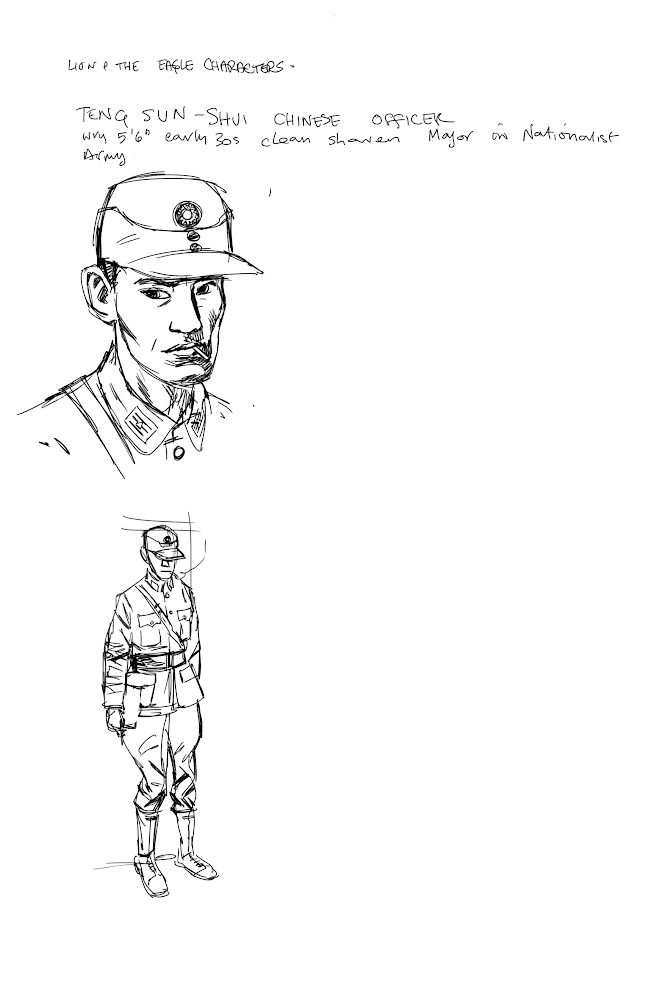
Sometimes the hardest thing to find are what non-military clothes would be like in that period. What does the average man on the street wear in Imphal [in Manipur in India] in 1942? And so you’re Googling for films from the time or photos just to start building up your own visual photo morgue.
Then, eventually, you’ve got to jump in and draw the comic. I wish I had a year or more to just study and become an expert in the field but, realistically, you’ve a few weeks to get as much as you can before you’re expected to start producing some pages. You have to be able to accept that you’re going to make mistakes [mostly only spotted by dedicated historians of the period] and try not to let that bother you too much.
All of that, of course, is about what things look like. I will try and do a bit of reading around the subject too, as it can throw up useful bits of info that aren’t in the photos (photos of the time often not capturing every nuance of every moment – where a photo might not make something look big, a book might make it clear it required two people to lift).
Plus, it’s interesting to know what the actual story is – though, often with Garth’s work, you get a real grounding in what was going on at the time anyway.

To what extent does the fact you’re dealing with real events affect your portrayal of action and violence? How do you ensure the story is respectful of the experiences real people went through?
I try not to go too fanciful, there’s less over the top theatrics and I try and keep everything grounded, but my job is to tell the story and sometimes moments of violence are required to give you a sense of how awful some of what happened was and so I try not to spare the reader.
That said, my artwork has a certain quality which tends to eschew the more visceral/gross moments, but maybe that means when those moments do happen it’s all the more shocking. But it’s all in service to the story.

In the art included with a recent Judge Dredd Megazine article on the Lion and the Eagle, I got a hint of a Steve Dillon influence in the art…
Well, I’ve always loved Steve’s work. He was my favourite Judge Dredd artist for a long time, Steve’s Dredd felt real in a way McMahon’s never could (although as I got older I definitely came to appreciate McMahon) and Bolland’s felt illustrative, but Steve’s Dredd felt gritty, like you could live in that world.
Plus, Garth’s storytelling works best with a certain open style. I tend not to heavily shadow faces when I’m doing Garth’s war stories as for whatever reason it feels right to leave those faces open. And so it’s possible Steve and I would stylistically overlap because we’re both doing stuff for Garth.
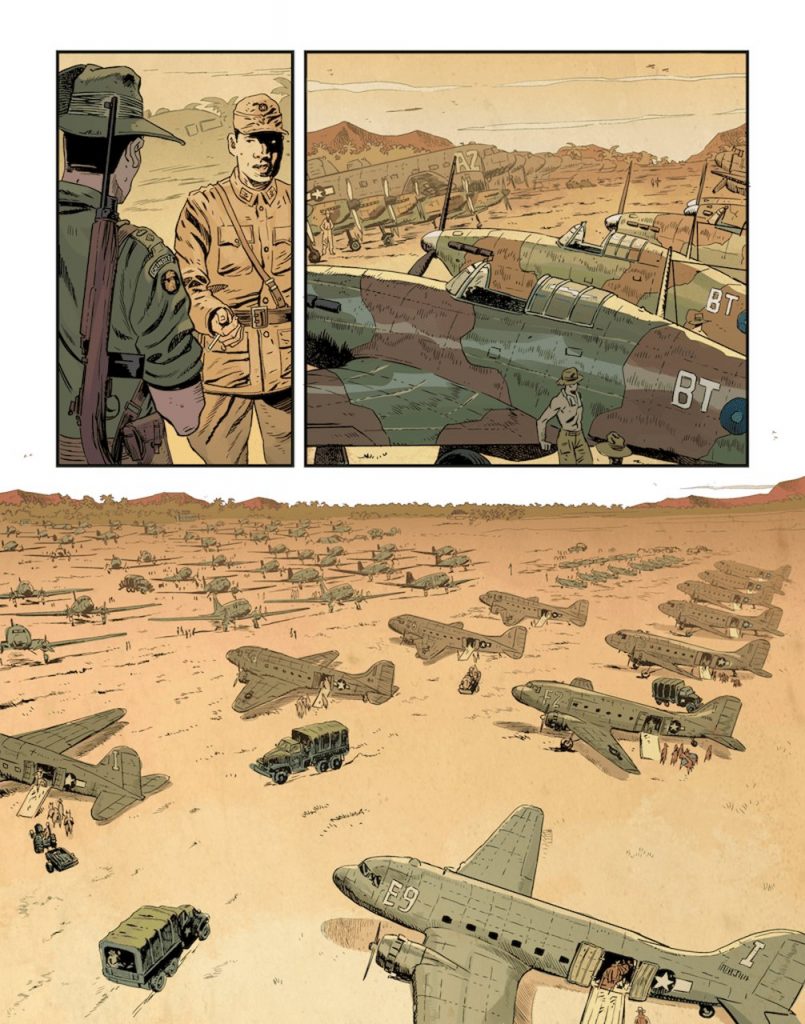


Why do Garth’s scripts for war stories work best when interpreted with a clean and open style?
Well, primarily, it feels right. I do love adding big heavy shadows in faces but that’s quite a melodramatic style that suits things like Batman or Dredd, but for Garth’s much more naturalistic dialogue, it just feels wrong.
That’s not to say it’s never appropriate, I’m sure if I ever end up doing something like the Punisher, there’ll be moments in that where a heavily shadowed face will work, but certainly the war stories are naturalistic story telling where the big moments are often large panels of action.
So, in essence, the comparison with Steve Dillon is fair?
Well, it’s a flattering comparison, so I’ll take it!
Our thanks to PJ Holden for taking time out of his schedule for this interview
• The Lion and the Eagle #1 is available now in all good comic shops, with #2 on sale from 23rd March 2022
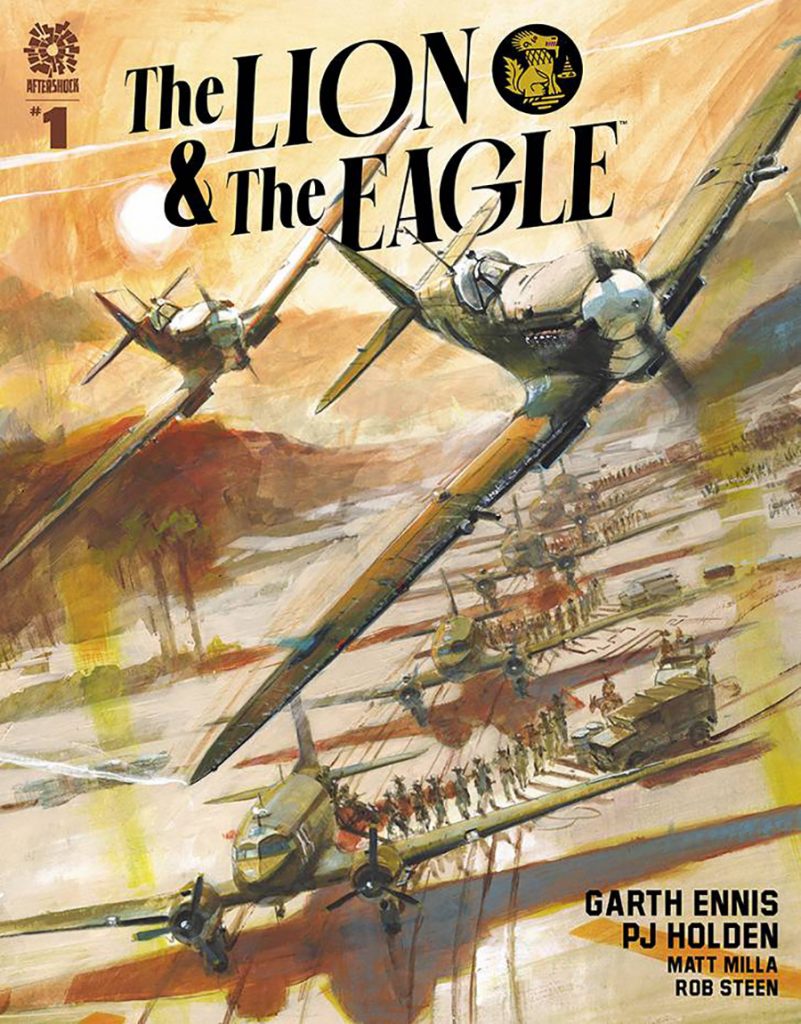
LION AND THE EAGLE #1
Writer: Garth Ennis
Artist: PJ Holden
Colourist: Matt Milla
Letterer: Rob Steen
Cover: Tim Bradstreet
Incentive Cover: Keith Burns
Oversized prestige format miniseries from the mind of Garth Ennis!
1944: Imperial Japan still commands most of Asia. Determined to regain their hold on Burma, the British send a special forces unit – the Chindits – deep behind Japanese lines. Their mission is to attack the enemy wherever they find him. What awaits them is a nightmare equal to anything the Second World War can deliver.
Colonel Keith Crosby and Doctor Alistair Whitamore have old scores to settle, being veterans of the long retreat through Burma two years before. But neither the jungle nor the foe have gotten any less savage, and when the shooting starts and the Japanese descend on the smaller British force in their midst, every man will be tested to his limit.
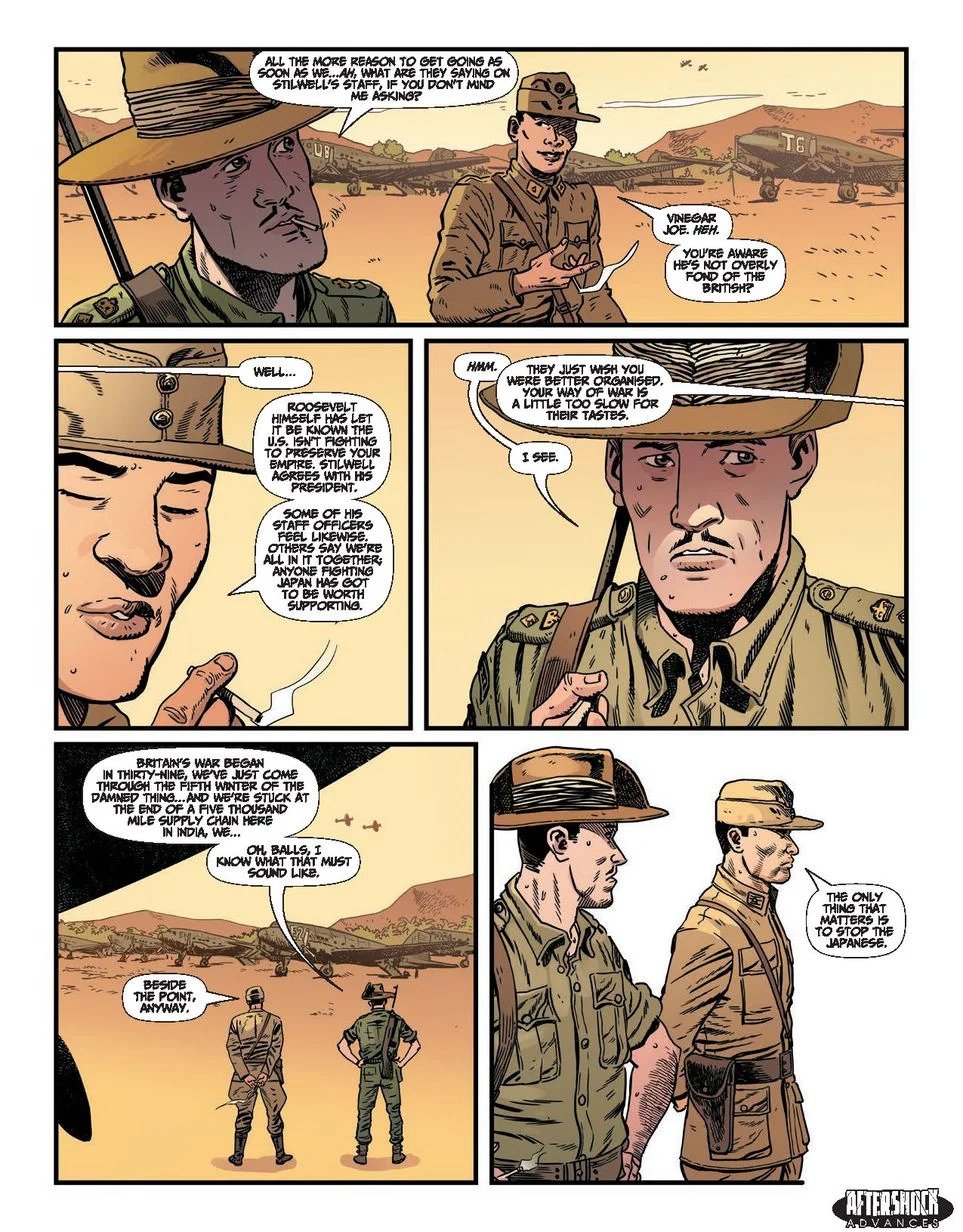
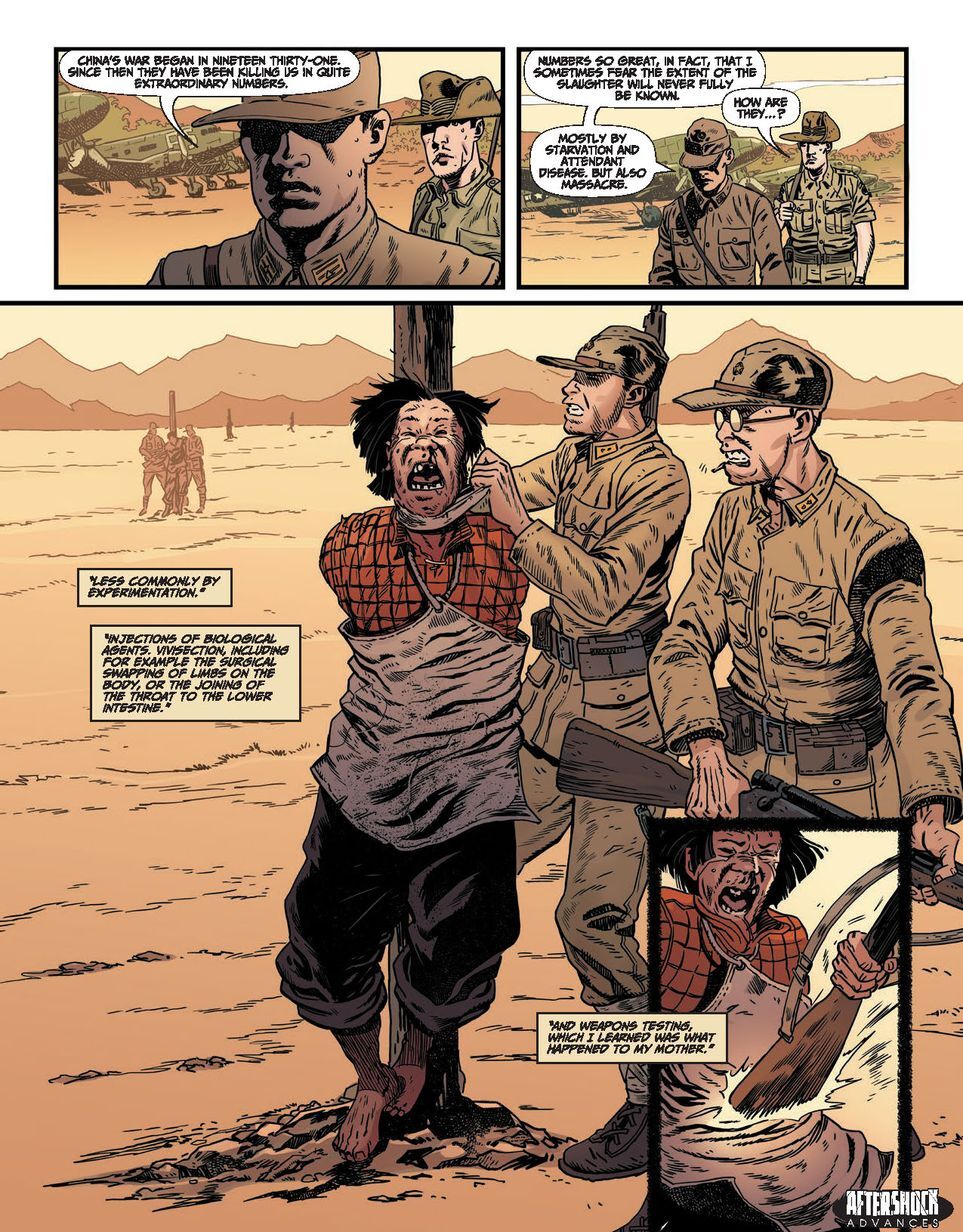
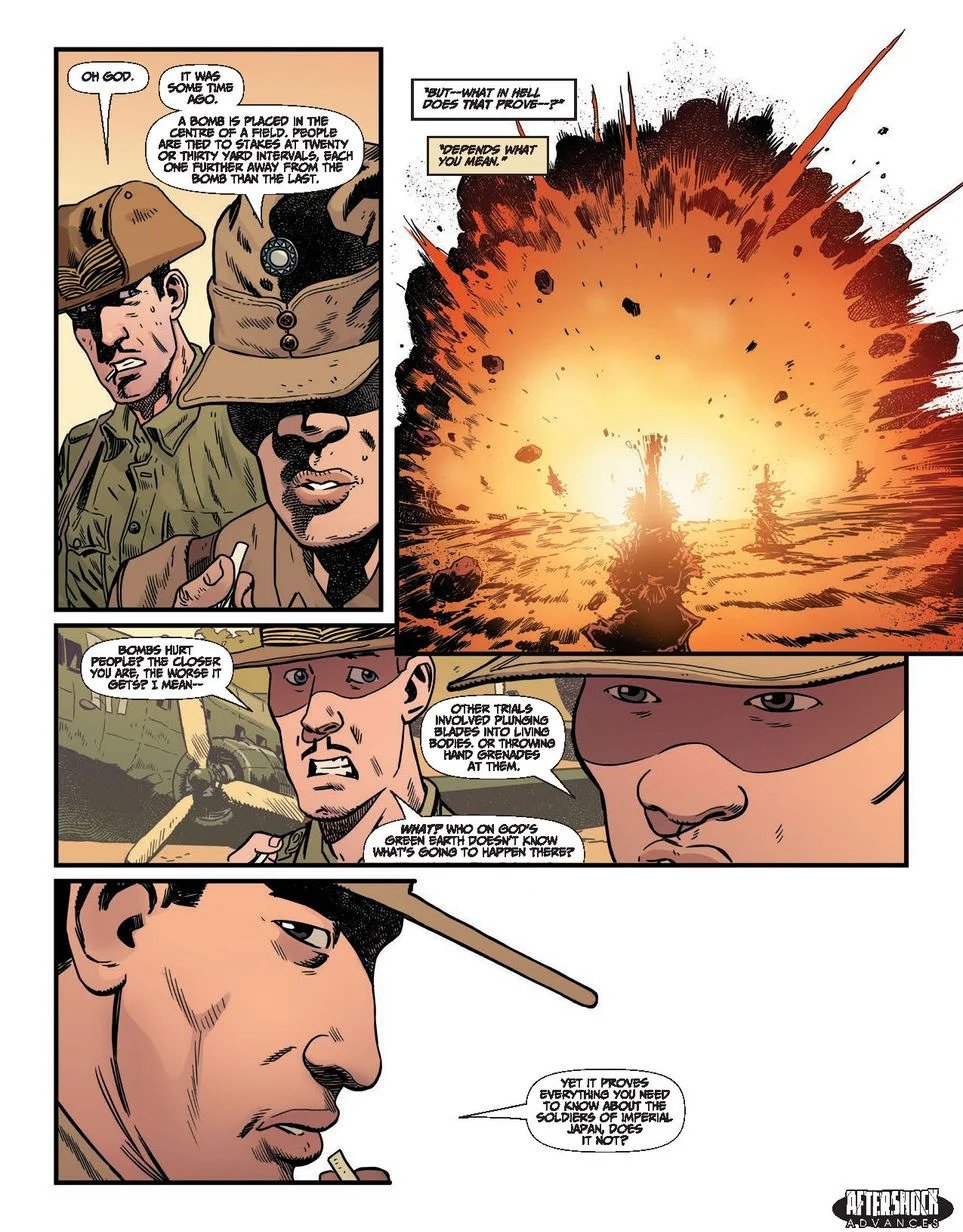
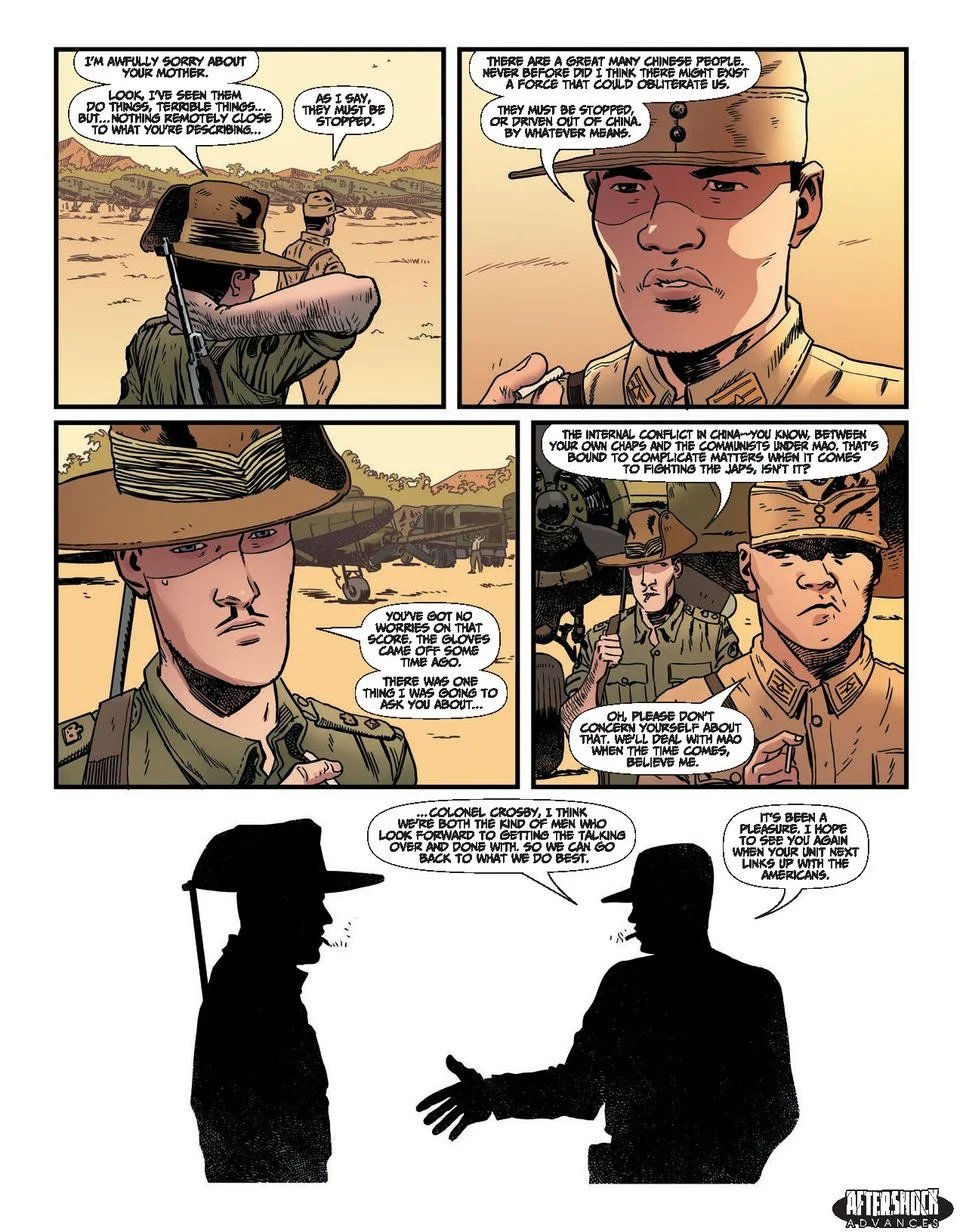
“The conflict between the British and Japanese in Burma is almost lost to history now,” says Garth Ennis.”indeed, the British soldiers who fought there came to refer to themselves as The Forgotten Army. That’s partly what drew me to their story, a chance to keep alive the memories of the men who faced Imperial Japan.
• The Lion and the Eagle #1 is available now in all good comic shops, with #2 on sale from 23rd March 2022
Matt Badham is a freelance writer. His work has appeared in the Judge Dredd Megazine, 2000AD and Big Issue in the North.
Categories: Comic Creator Interviews, Comic Creator Spotlight, Comics, Creating Comics, downthetubes Comics News, downthetubes News, Features
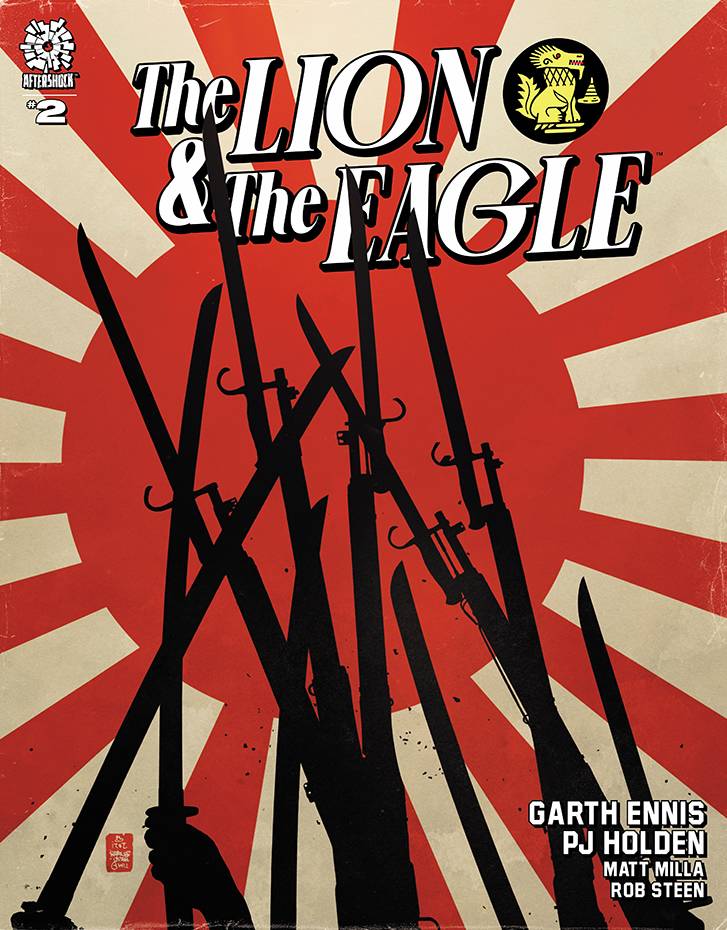
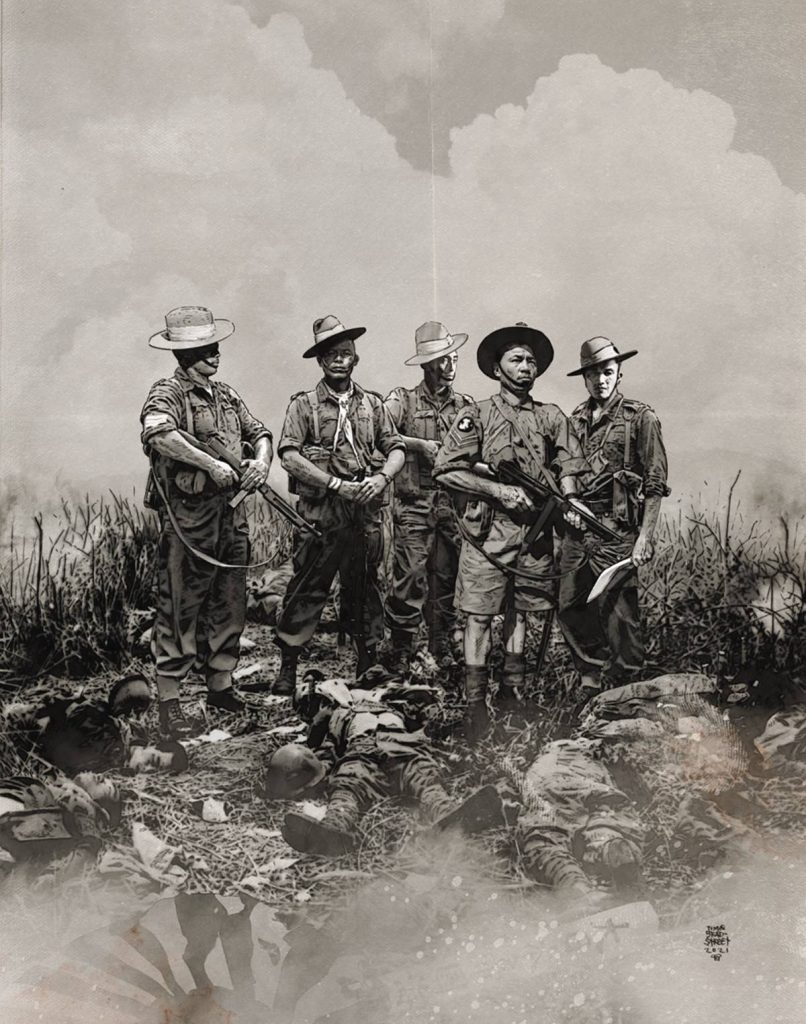
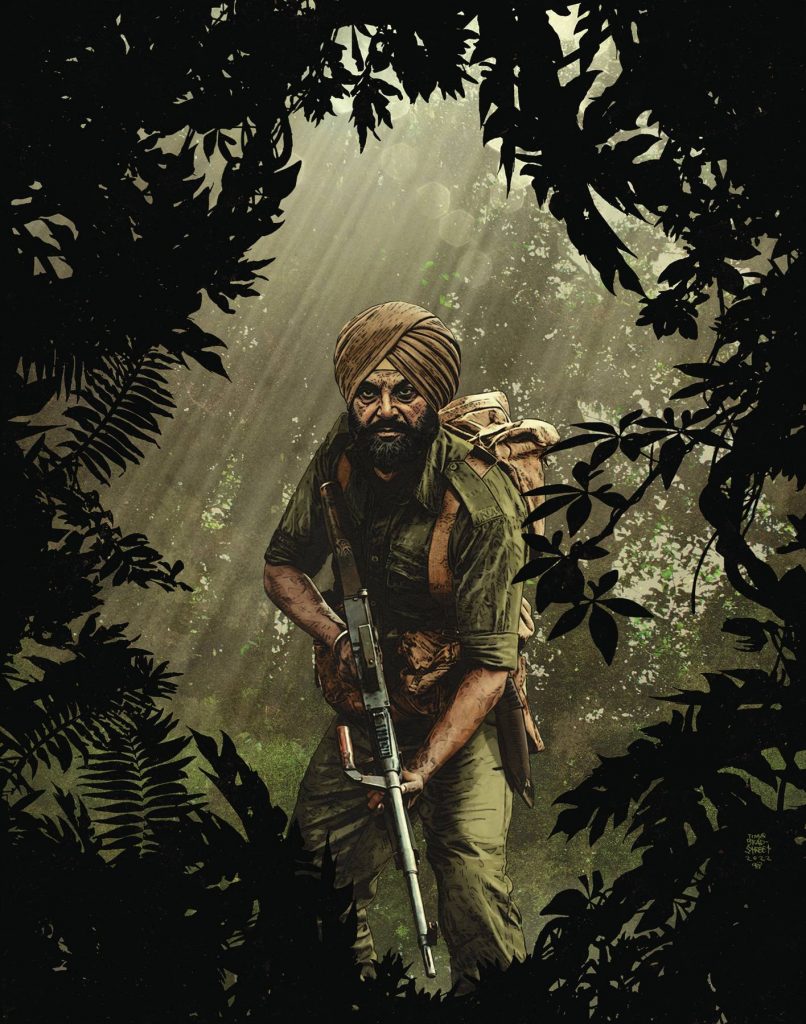
 Catching up with the Comics Laureate! An interview with Bobby Joseph
Catching up with the Comics Laureate! An interview with Bobby Joseph  Creating Comics: An Interview with Commando writer, and former editor, Calum Laird
Creating Comics: An Interview with Commando writer, and former editor, Calum Laird  Creating Comics: Alec Worley and Dani talk “Black Beth”, Rebellion’s new sword and sorcery special
Creating Comics: Alec Worley and Dani talk “Black Beth”, Rebellion’s new sword and sorcery special